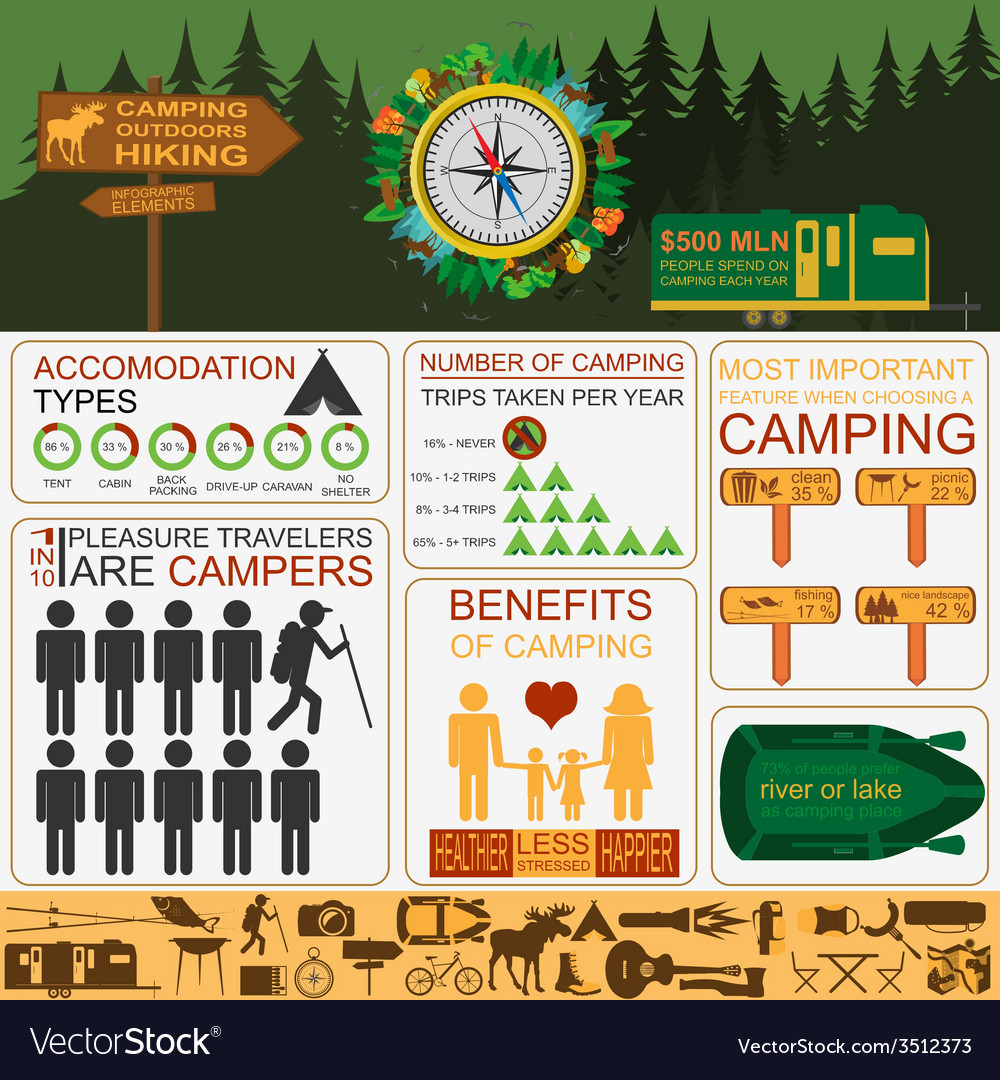Winter outdoor camping is a fun and daring experience, but it needs proper equipment to guarantee you stay warm. You'll need a close-fitting base layer to trap your body heat, in addition to an insulating coat and a waterproof covering.
You'll additionally require snow stakes (or deadman supports) hidden in the snow. These can be connected utilizing Bob's brilliant knot or a regular taut-line hitch.
Pitch Your Outdoor tents
Wintertime camping can be an enjoyable and daring experience. Nonetheless, it is important to have the correct equipment and recognize exactly how to pitch your camping tent in snow. This will certainly protect against chilly injuries like frostbite and hypothermia. It is likewise vital to eat well and stay hydrated.
When setting up camp, ensure to pick a site that is sheltered from the wind and without avalanche risk. It is likewise a great idea to pack down the location around your outdoor tents, as this will certainly help in reducing sinking from temperature.
Prior to you set up your tent, dig pits with the very same size as each of the anchor factors (groundsheet rings and guy lines) in the facility of the camping tent. Load these pits with sand, stones and even stuff sacks full of snow to compact and protect the ground. You may likewise want to consider a dead-man anchor, which includes tying tent lines to sticks of timber that are buried in the snow.
Pack Down the Location Around Your Outdoor tents
Although not a requirement in most locations, snow risks (likewise called deadman supports) are an excellent addition to your camping tent pitching set when outdoor camping in deep or compressed snow. They are generally sticks that are designed to be buried in the snow, where they will certainly ice up and create a strong support point. For ideal results, use a clover hitch knot on the top of the stick and hide it in a couple of inches of snow or sand.
Establish Your Tent
If you're camping in snow, it is a good concept to make use of a tent created for breathable fabric winter backpacking. 3-season camping tents work fine if you are making camp listed below tree line and not expecting specifically severe climate, however 4-season tents have tougher posts and materials and supply even more defense from wind and heavy snowfall.
Be sure to bring appropriate insulation for your resting bag and a cozy, completely dry inflatable mat to sleep on. Blow up floor coverings are much warmer than foam and aid protect against cold spots in your camping tent. You can likewise include an extra mat for sitting or cooking.
It's likewise a great concept to set up your outdoor tents close to a natural wind block, such as a group of trees. This will make your camp more comfortable. If you can not discover a windbreak, you can produce your own by digging openings and hiding items, such as rocks, camping tent stakes, or "dead man" anchors (old camping tent man lines) with a shovel.
Tie Down Your Tent
Snow stakes aren't needed if you utilize the ideal methods to anchor your tent. Buried sticks (possibly collected on your approach hike) and ski poles function well, as does some variation of a "deadman" hidden in the snow. (The concept is to create a support that is so solid you will not be able to pull it up, even with a great deal of initiative.) Some suppliers make specialized dead-man supports, however I like the simpleness of a taut-line hitch connected to a stick and afterwards hidden in the snow.
Recognize the terrain around your camp, especially if there is avalanche threat. A branch that falls on your tent could damage it or, at worst, hurt you. Also be wary of pitching your tent on an incline, which can catch wind and result in collapse. A sheltered area with a low ridge or hillside is much better than a steep gully.
